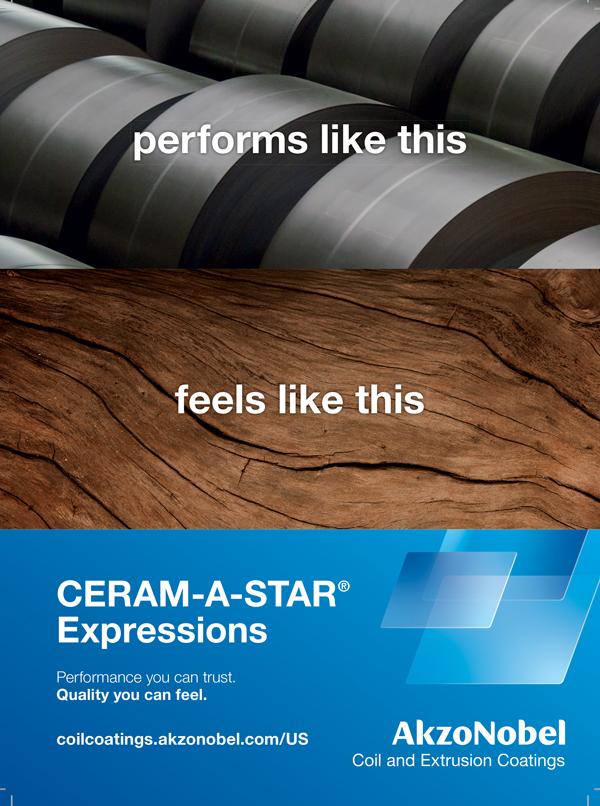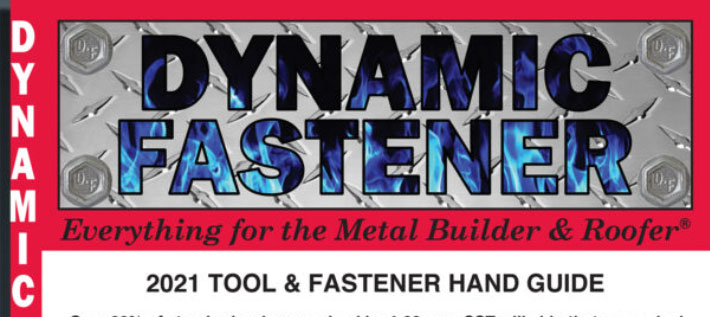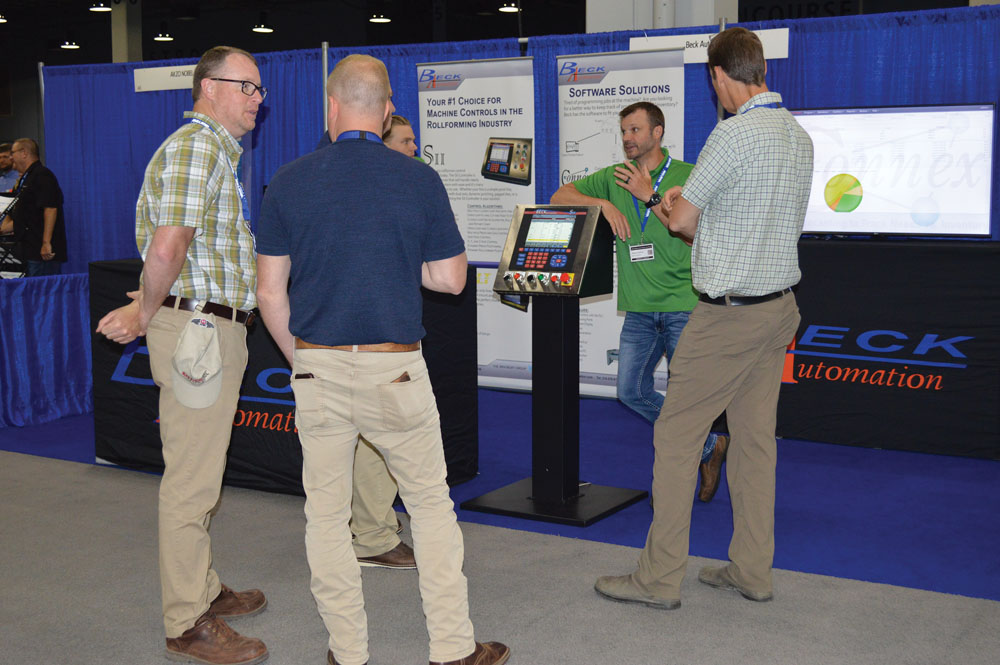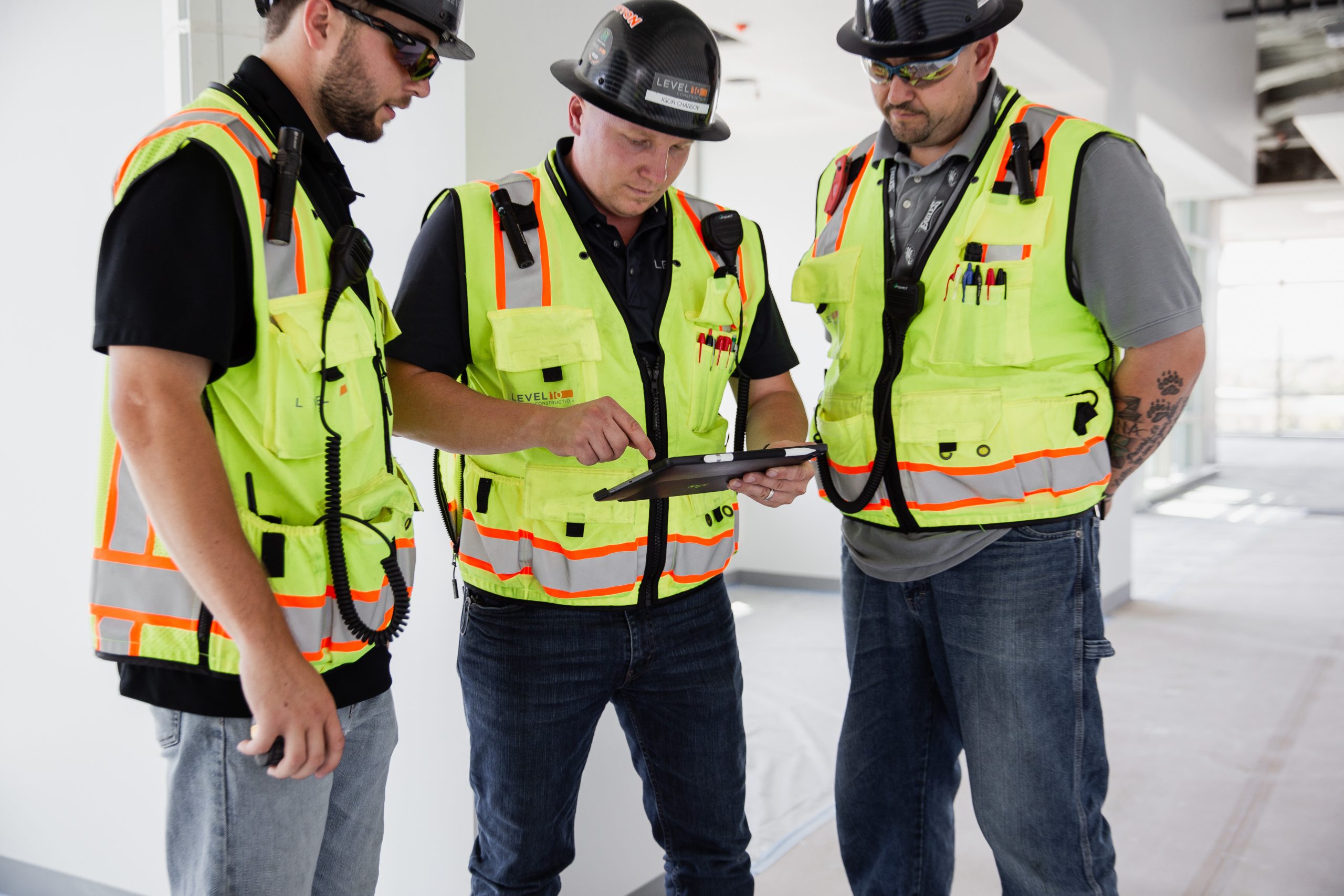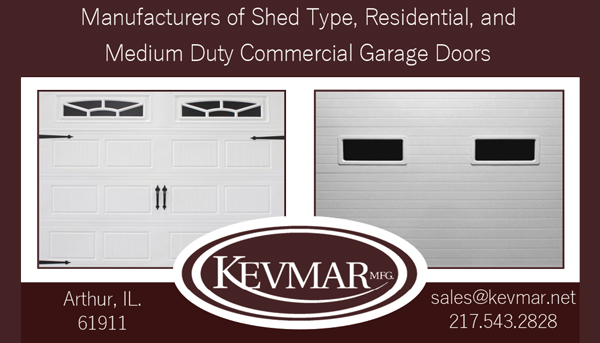By Mark E. Battersby
Many tax experts agree that keeping a metal roofing operation’s tax bill low requires planning throughout the year. In other words, now is the best time to think about reducing your company’s tax bill and, of course, keeping the bill at its legal minimum for many years to come.
One of the best tools for reducing taxes year-round is the records maintained by your operation. Good records not only help businesses generate an accurate tax bill and ward off zealous IRS auditors, but good records are also invaluable for monitoring the tax and financial status of any metal roofing operation. Those records are particularly helpful for securing financing that may be vital when making year-round tax moves.
Those Dreaded, Basic Records
It should be no surprise that the IRS disallows more claimed deductions for lack of substantiation than for being nondeductible. Surprisingly, the IRS doesn’t require a metal roofing business to keep records in any one manner. As long as the records produce an accurate account of income and expenses, the method best suited to the business can be used.
Although the IRS doesn’t usually require receipts for expenditures of less than $75, quite a few of the tax rules require that expenses be documented—a chore that all too often can mean ensuring there are receipts for every single paper clip. Obviously, every metal roofing business can benefit from more rigorous and accurate record-keeping. By monitoring expenses closely all year, analyzing each expense for its tax impact as it is made makes for smarter purchasing decisions.
Sensible Spending

The old adage that you have to spend money in order to make money was given a shot in the arm when lawmakers increased tax incentives for purchasing equipment and other business property. The 100% first-year “bonus” depreciation deduction generally applies to expenditures made for equipment, vehicles, furniture, safes, computers, and even movable fixtures that have no permanent connection to the building housing your metal roofing operation, and that are depreciable over 20 years or less.
In addition to the 100% bonus depreciation, the Tax Cuts and Jobs Act (TCJA) of 2017 increased the unique first-year write-off for Code Section 179 equipment and property. Thanks to an inflation increase, the Section 179 deduction for purchases in 2020 is $1,040,000. The deduction does, however, begin to phase out on a dollar-for-dollar basis after $2,590,000 is spent.
Although the write-offs under the TCJA are helping metal roofing businesses that have purchased new equipment to defray out-of-pocket costs with significantly larger tax deductions in year-one, it may not always be the best strategy for everyone.
After all, that immediate expensing deduction drops the book value or basis of the business asset to zero. If the asset is sold, any amount up to the purchase price will be ordinary, fully taxable income. Plus, spreading the cost through annual depreciation deductions will reduce taxable income down the road when the business may be more profitable with higher tax bills.
Selling It Off
Disposing of equipment that is being replaced, is unneeded, or is obsolete deserves some thought as part of year-round tax planning. After all, there’s no point in continuing to let excess equipment take up space when it could be contributing to your operation’s bottom line.
Selling these large assets may generate badly needed funds. Donating them to a charity or nonprofit organization, or actually abandoning these business assets, can create a tax write-off and/or abandonment loss. Just don’t forget to document each event, keep receipts, and physically abandon assets, not merely store them away.
Hiring and Firing: More Than a Tax Issue
Year-round planning should involve employment issues. Every professional in the metal roofing industry had plenty of changes to deal with in 2020.
As of January 1, 2020, a quarter of U.S. states have higher minimum wages. There are also new federal overtime rules. And don’t forget California’s controversial new law for freelancers and others in the so-called “gig” economy, which has other states considering the worker classification issue.
The IRS continues to monitor whether workers are employees or independent contractors. Independent contractors are not subject to withholding, relieving the employer of liability for payroll taxes. Workers, for their part, can avoid higher tax bills and lost benefits by knowing their proper status.
For those uncertain whether workers are classified correctly, you can ask the IRS to provide a determination letter telling how it views an operation’s workers—as employees or independent contractors. IRS Form SS-8 is used to request a determination of worker status.
Now Is the Time to Think About Tax Credits

Unlike tax deductions that merely reduce the income upon which tax is based, a “credit” directly reduces the metal roofing operation’s tax bill. Taking advantage of the tax credits in our tax law is something best done now, not later.
Among the most popular tax credits, and the ones most likely applicable to your metal roofing business, are:
Paid Family and Medical Leave: In today’s tight labor market, providing paid family and medical leave is an increasingly popular “perk.” Workers can now receive benefits for up to 12 weeks of medical or family leave—with employers entitled to a tax credit for a portion of the amount paid.
The tax credit is a percentage of the amount of the wages paid to a qualifying employee while on family or medical leave for up to 12 weeks per taxable year. The minimum percentage is 12.5%, increasing by 0.25% for each percentage point by which the amount paid to the qualifying employee exceeds 50% of the employee’s wages, with a maximum credit of 25% of the amount paid.
Going Green: If your metal roofing business buys more energy-efficient equipment, the federal government will reward you with a tax credit. Currently, that credit amounts to 10% of the amount paid for the equipment.
Most electric cars are eligible for a tax credit that reduces federal taxes by $7,500. Based on current sale projections, most electric car manufacturers (with the exception of Tesla), will still be eligible for this tax credit in 2020.
Give Employees Health Insurance: If your operation is a small business, with no more than 25 full-time employees, a tax credit amounting to half of the amount paid for health insurance premiums may be available. In order to be eligible, the business must cover at least 50% of the health care premiums.
Small Employer Pension Plan (SEP) Startup Cost Tax Credit: This small business tax credit is designed to offset the cost of starting a SEP, SIMPLE IRA, or a qualified pension plan. The credit is 50% of the cost of setting up and administering the plan and educating employees about the plan, up to $500 per year.
Access for the Disabled—Customer or Employee: A metal roofing business can take advantage of an annual deduction for the cost of removing physical, structural, and transportation barriers for people with disabilities. In fact, small businesses that in the previous year earned $1 million or less in gross receipts or had 30 or fewer full-time employees are eligible for the Disabled Access Tax Credit for such things as buying or modifying equipment or devices for individuals with disabilities.
This credit covers 50% of the eligible access expenditures each year up to $10,250, with a maximum credit of $5,125. Businesses that don’t meet the IRS’ small business requirement cannot take the Disabled Access Tax Credit, although they may be able to claim the disabled access tax deduction.
Changing Accounting Methods—and Entities
Now might be a good time to take a look at the opportunities lost because of an operation’s type of entity. Plus, the TCJA made accounting method changes necessary as new rules for recognizing when revenue is income kick-in. And then there are the changes necessary as leases must be shown on the metal roofing operation’s financial statements.
Changing accounting methods requires special permission from the IRS even when the IRS itself mandates the change. Necessary to ensure that the accounting change doesn’t result in an adverse tax bill (at least from the IRS’ viewpoint), Form 3115, Application for Change in Accounting Method, is used to request a change in accounting methods.
Find a Pro
Now is also a good time to shop around for a tax pro. While most professionals in the metal roofing industry know their business inside and out, there are highly technical matters of law, accounting, management, and marketing that are usually best handled by outside experts.
The first step to finding the right tax professional requires an inventory of what you—and your business—actually need in the way of services and advice and, most importantly, how much you can afford to pay for that specialized advice or services.
With or without help, maximum tax savings for 2020 and, hopefully, many years to come, are possible with year-round tax planning. The first step should involve your metal roofing operation’s record-keeping system—or lack of one. MR
Mark E. Battersby has more than 35 years of experience in small business issues, taxes, and financial matters. Contact him at 610.789.2480 or [email protected].


